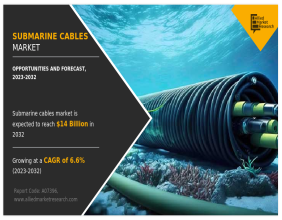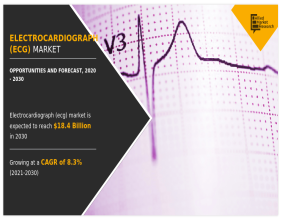Three prominent FTSE 100 banks—Lloyds Banking Group, Barclays, and NatWest Group—are key players in the UK financial sector. Each has a significant presence in the country, with the majority of their assets and income derived from the UK.
On 12 February, Andrew Bailey, the Governor of the Bank of England, highlighted an intriguing issue regarding the valuation of major UK banks. He noted that the returns demanded by equity investors did not seem to align with the increased stability and lower risk observed in these institutions. Since then, the share prices of these banks have surged by 42% to 66%, significantly outperforming the FTSE 100, which has risen by 11% over the same period.
Despite these gains, these banks may still offer appealing value. Here are two common methods to assess their pricing:
Assets and Liabilities
A balance sheet approach compares net assets (book value) with market capitalization. According to this metric, Barclays stands out with a price-to-book ratio of 0.46. This implies that if the bank’s assets were liquidated and liabilities cleared, shareholders could potentially receive 495p per share. In comparison:
- NatWest Group (LSE:NWG): Market cap £28.5 billion, Net assets £37.6 billion, Price-to-book ratio 0.76
- Barclays (LSE:BARC): Market cap £33.1 billion, Net assets £71.8 billion, Price-to-book ratio 0.46
- Lloyds (LSE:LLOY): Market cap £36.1 billion, Net assets £45.1 billion, Price-to-book ratio 0.80
The global average price-to-book ratio for banks, according to McKinsey in 2023, is 0.9.
Income and Expenditure
When evaluating profitability, the price-to-earnings ratio is a commonly used metric. While NatWest Group shows the most attractive valuation based on this ratio, Barclays is also a strong contender. All three banks have price-to-earnings ratios below the current FTSE 100 average:
- NatWest Group: Share price 345.4p, Earnings per share 47.9p, Price-to-earnings ratio 7.2
- Barclays: Share price 228.1p, Earnings per share 31.1p, Price-to-earnings ratio 7.3
- Lloyds: Share price 58.6p, Earnings per share 7.1p, Price-to-earnings ratio 8.3
Barclays shows the greatest potential for improving earnings. It has the lowest return on tangible equity (RoTE) among the three, indicating it is currently less efficient in generating profits from its assets. A one percentage point increase in RoTE could add £500 million to its annual earnings. Barclays aims to achieve a RoTE of over 12% by 2026, presenting a compelling opportunity for growth in the future.





